Manmade wonders history buffs should visit
Join us on a captivating journey through the corridors of time as we explore some of the world’s most awe-inspiring manmade marvels. From ancient wonders to modern architectural feats, these structures tell stories of human ingenuity, ambition, and creativity. Our adventure begins with the ancient Great Wall of China and travels through iconic landmarks like the Eiffel Tower and the enigmatic Stonehenge. So, buckle up and prepare to be amazed by the incredible achievements of humanity!
The Great Wall of China: A Testament to Ancient Engineering
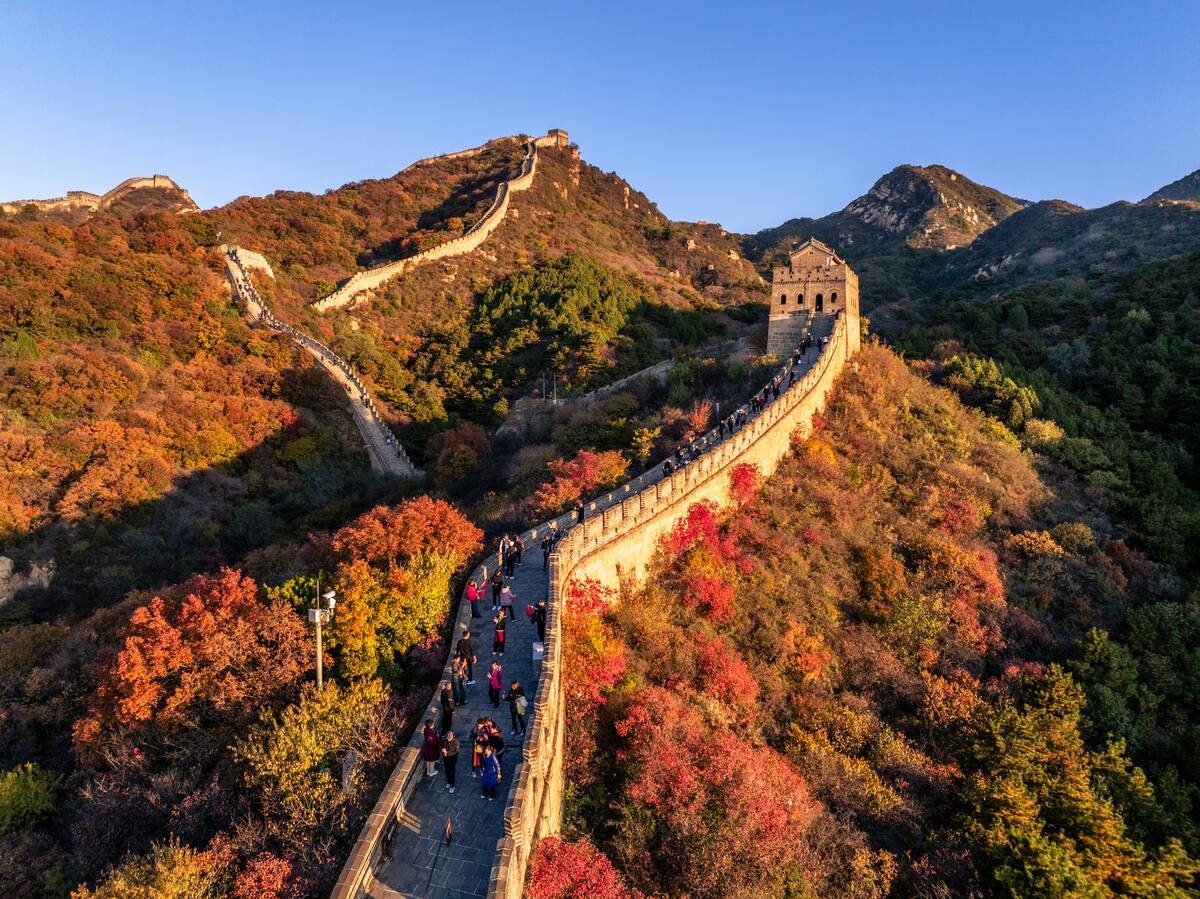
Stretching over 13,000 miles, the Great Wall of China is one of the most remarkable feats of ancient engineering. Constructed over several dynasties, primarily during the Ming Dynasty, it was built to protect against invasions from nomadic tribes. The wall’s construction required the labor of hundreds of thousands of workers, and its formidable presence is a testament to China’s historical military might. While not visible from space, as some myths suggest, its cultural significance is indisputable.
Machu Picchu: The Lost City of the Incas
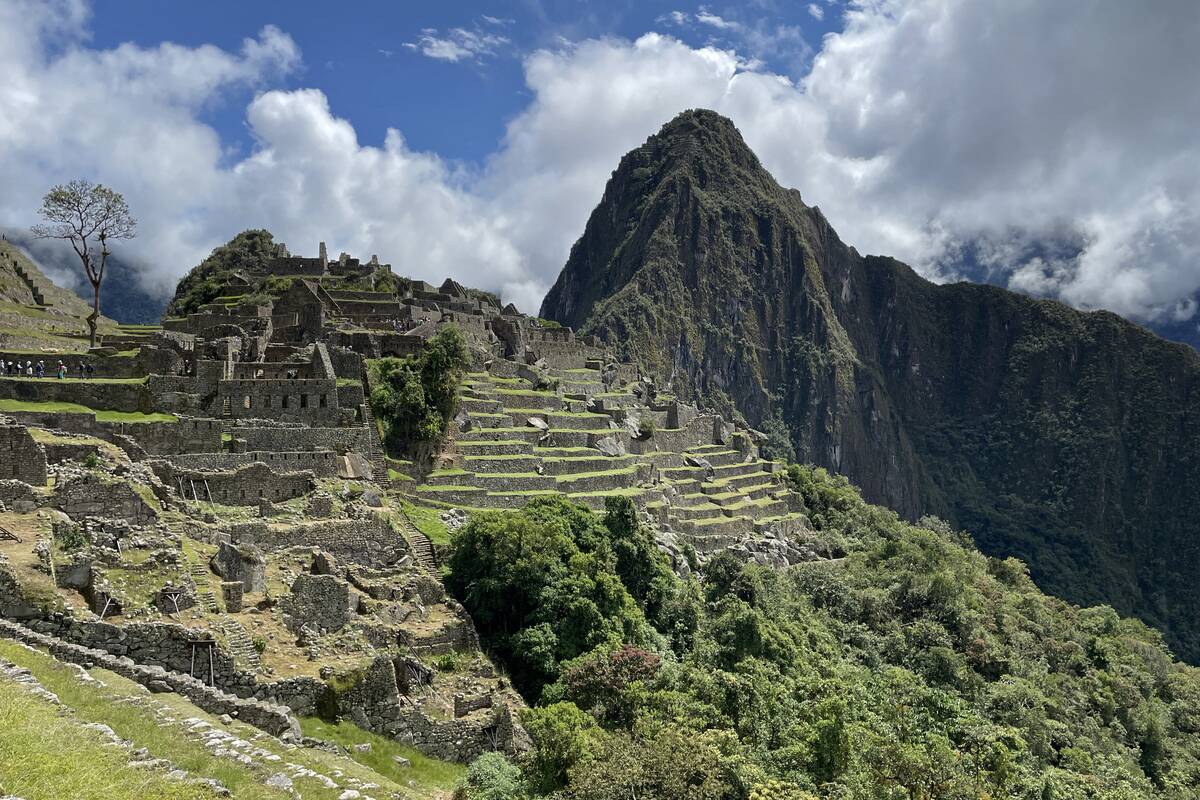
Nestled high in the Andes Mountains, Machu Picchu is a breathtaking symbol of the Incan Empire at its peak. Discovered by Hiram Bingham in 1911, this UNESCO World Heritage site is believed to have been a royal estate or religious retreat. Built in the 15th century, its sophisticated dry-stone construction and stunning terraces showcase the Incas’ architectural prowess. The site’s remote location helped preserve it from Spanish conquerors, allowing us a glimpse into a bygone civilization.
The Colosseum: Gladiatorial Glory in Rome
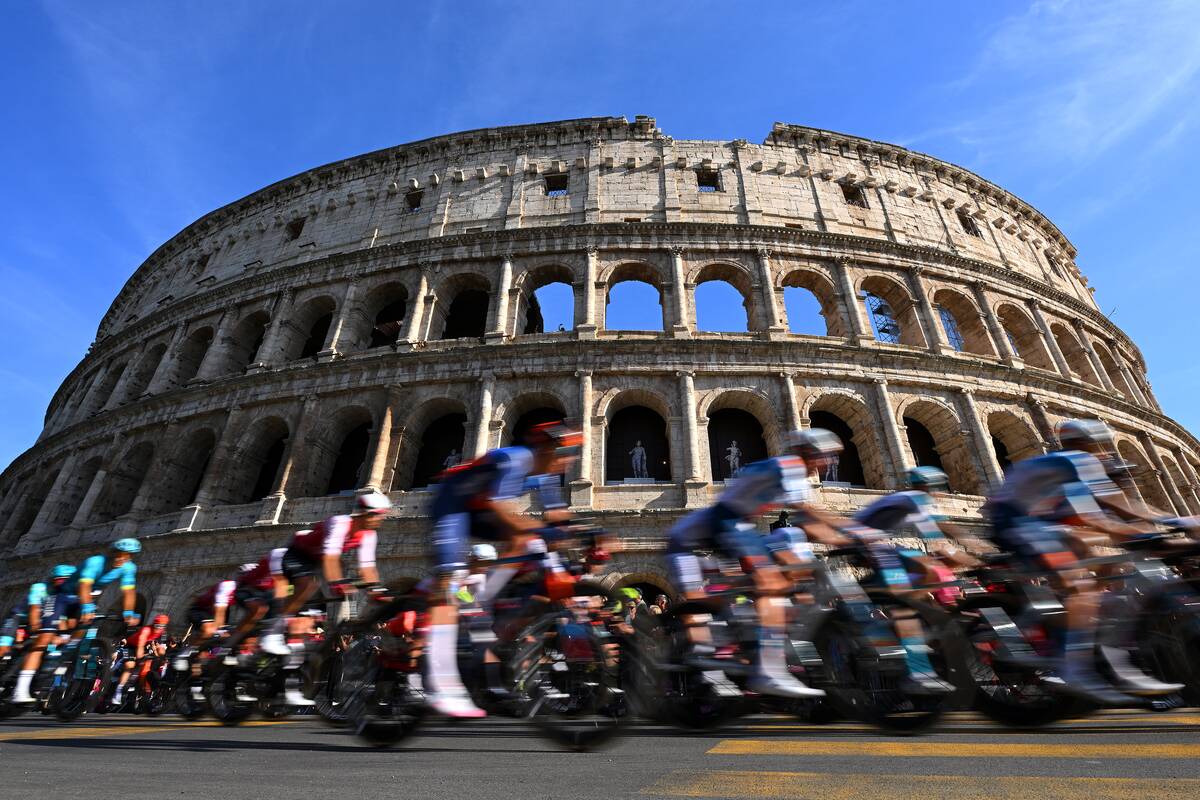
The Colosseum in Rome, also known as the Flavian Amphitheatre, is a monumental symbol of ancient Roman culture. Completed in 80 AD, it could hold up to 80,000 spectators who gathered to witness gladiatorial combat and public spectacles. Its elliptical design was revolutionary, allowing for efficient crowd control. Despite suffering damage from earthquakes and stone robbers, the Colosseum remains a testament to Roman engineering and the empire’s love for grand entertainment.
The Pyramids of Giza: Mysteries of Ancient Egypt
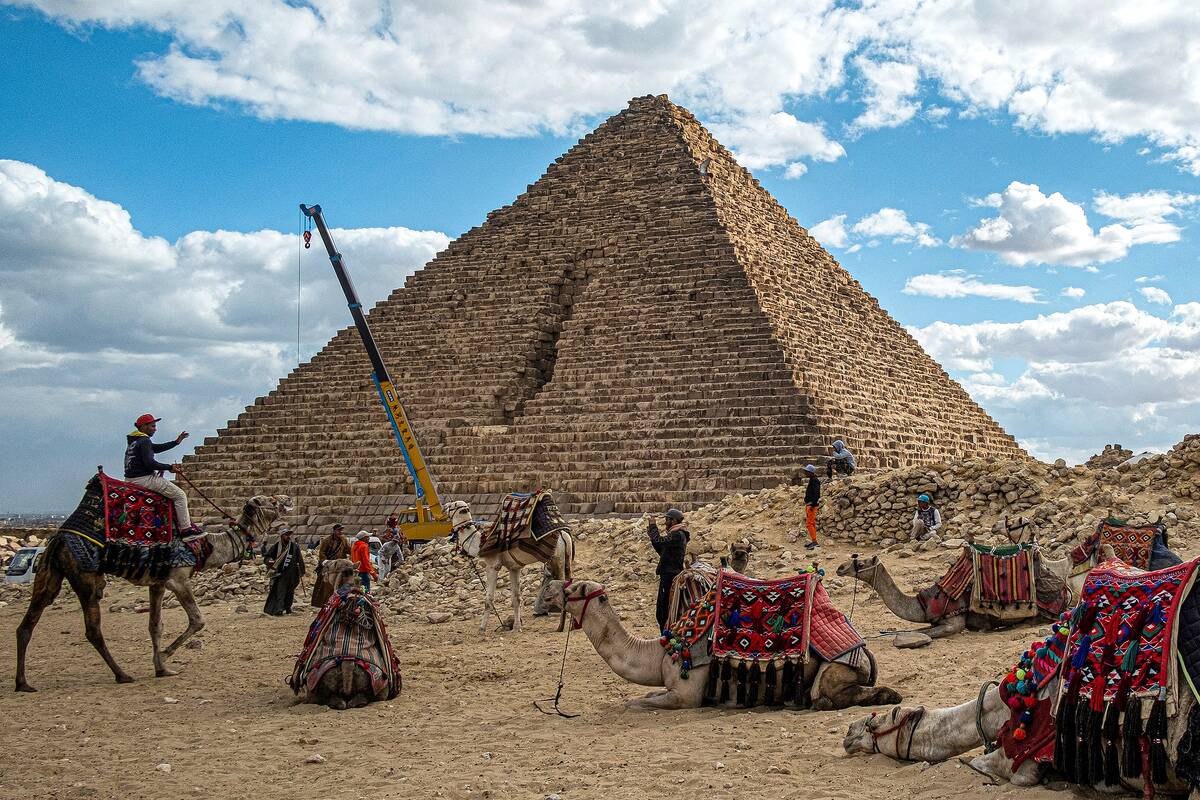
The Pyramids of Giza, standing proudly on the outskirts of Cairo, are among the most enduring symbols of ancient Egypt. Constructed as monumental tombs for pharaohs, the Great Pyramid of Khufu is the largest, originally towering at 481 feet. Built around 2580-2560 BC, their precise alignment with the stars continues to intrigue historians and scientists. Despite numerous theories, the exact methods of their construction remain one of history’s great mysteries, adding to their allure.
The Eiffel Tower: A Symbol of French Ingenuity
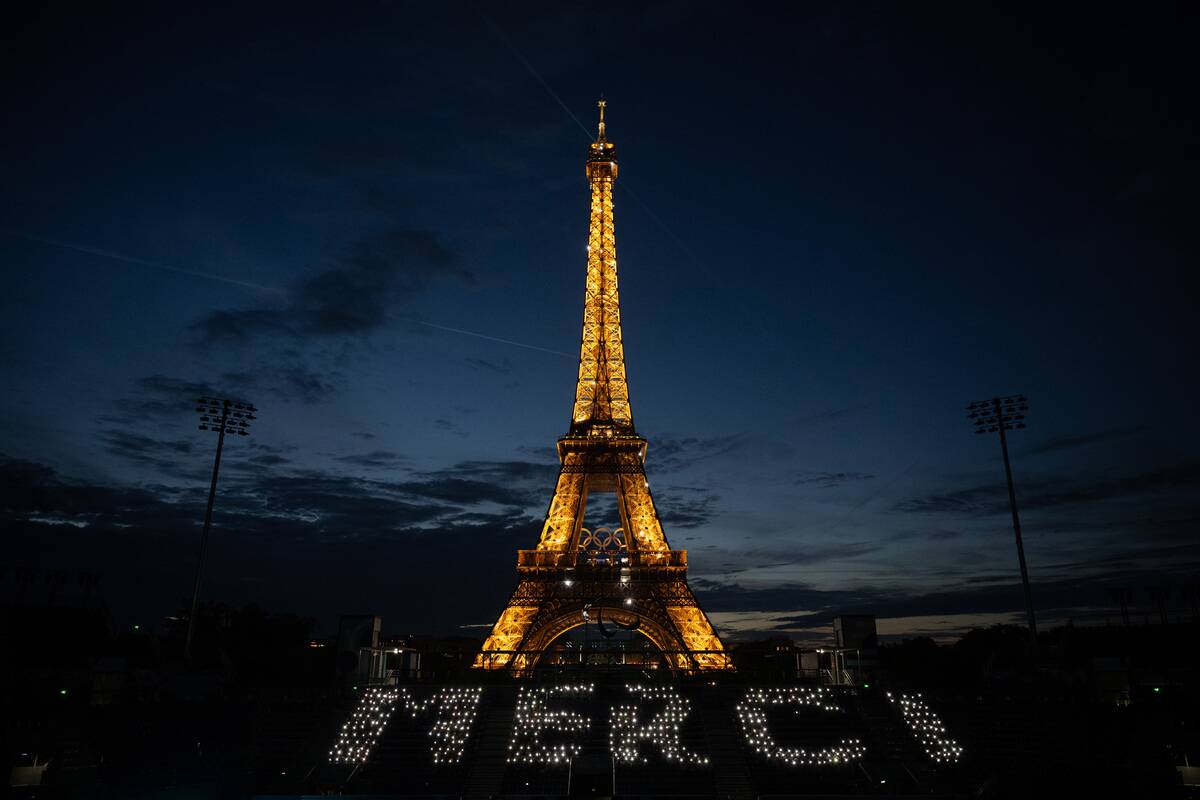
Erected as the centerpiece for the 1889 World’s Fair in Paris, the Eiffel Tower was initially met with skepticism by some. Designed by Gustave Eiffel, it has since become an enduring symbol of French innovation and elegance. Standing at 1,083 feet, it was the world’s tallest man-made structure until the completion of the Chrysler Building in 1930. Today, millions flock to admire its iron lattice structure and breathtaking views of the City of Light.
The Taj Mahal: A Love Story in Marble
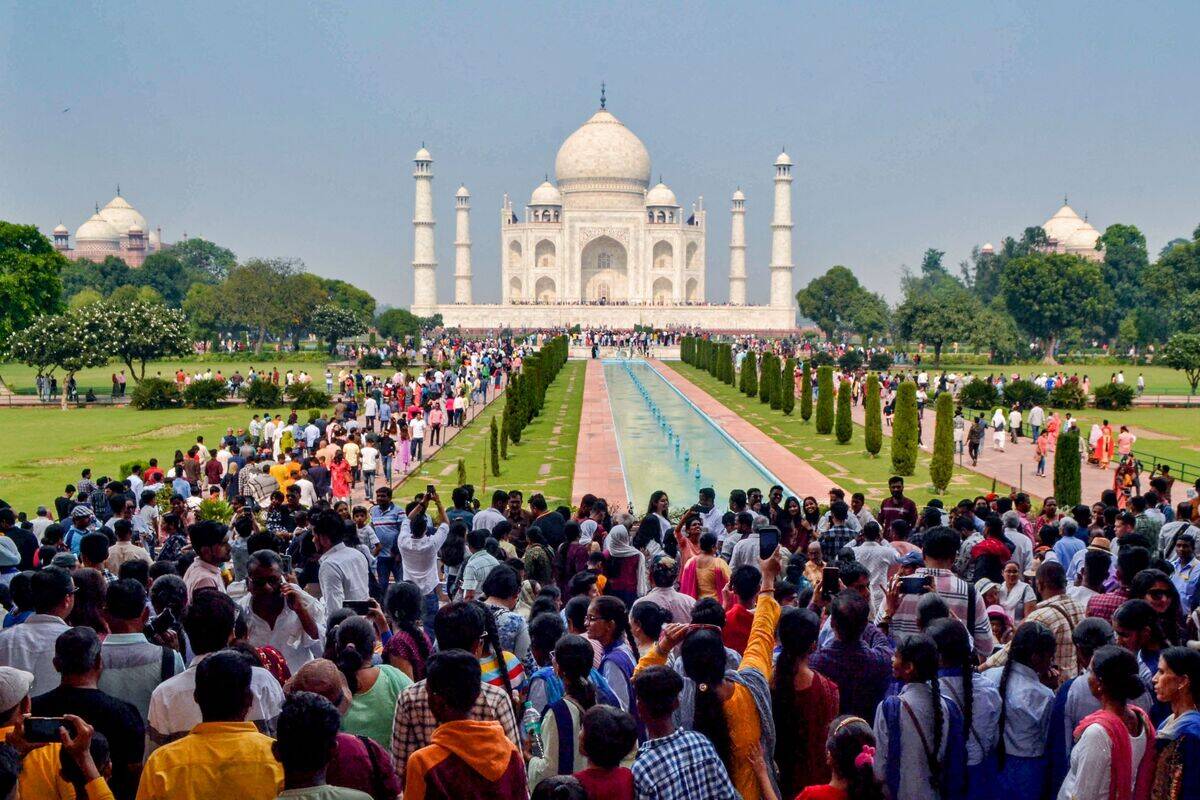
The Taj Mahal, a magnificent mausoleum in Agra, India, stands as a timeless testament to love. Commissioned by Emperor Shah Jahan in 1632 in memory of his beloved wife Mumtaz Mahal, it took over 20 years to complete. Its stunning white marble facade changes hues with the daylight, an effect achieved using precious stones inlaid into the marble. Recognized as a UNESCO World Heritage site, the Taj Mahal continues to be a symbol of elegance and enduring affection.
Angkor Wat: The Heart of the Khmer Empire
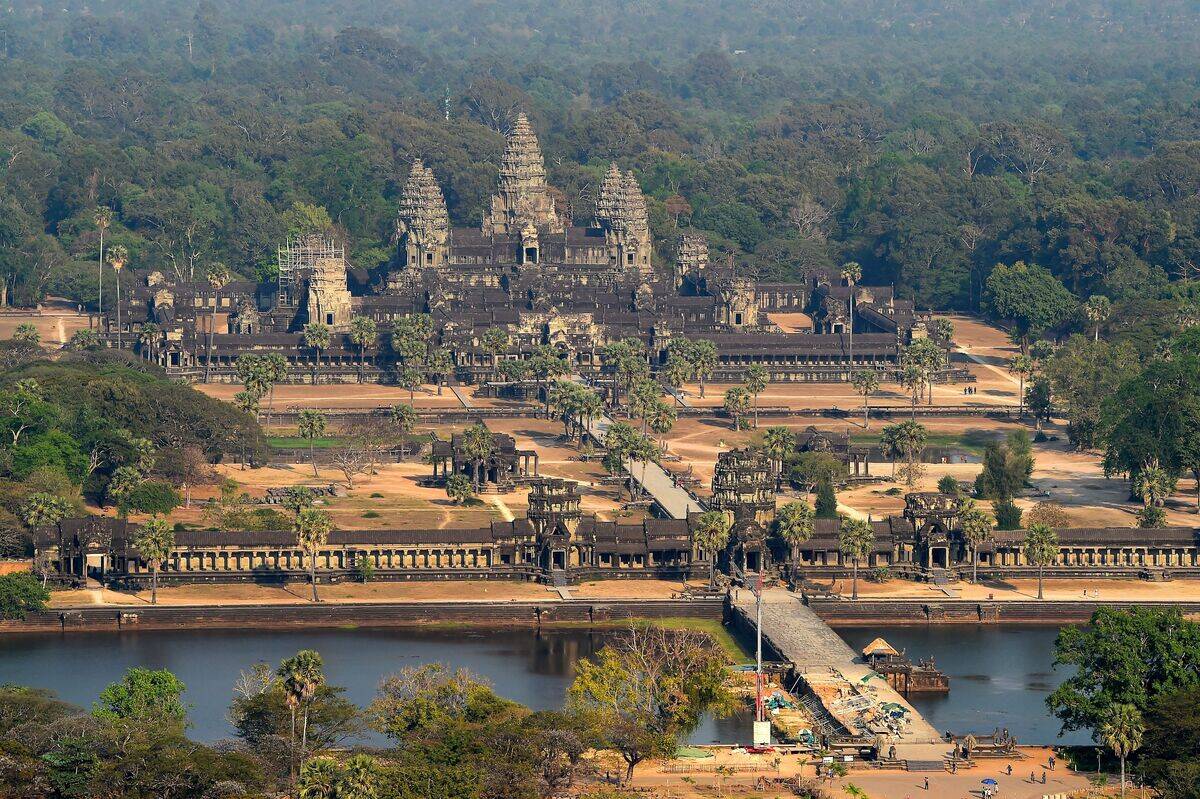
Angkor Wat, originally a Hindu temple dedicated to Vishnu, is the largest religious monument in the world. Built in the early 12th century by King Suryavarman II, it later transitioned into a Buddhist temple. Its intricate bas-reliefs and towering spires are a testament to the architectural prowess of the Khmer Empire. Surrounded by a vast moat, Angkor Wat’s grandeur and spiritual significance continue to draw millions of visitors to Cambodia every year.
The Acropolis of Athens: Cradle of Western Civilization
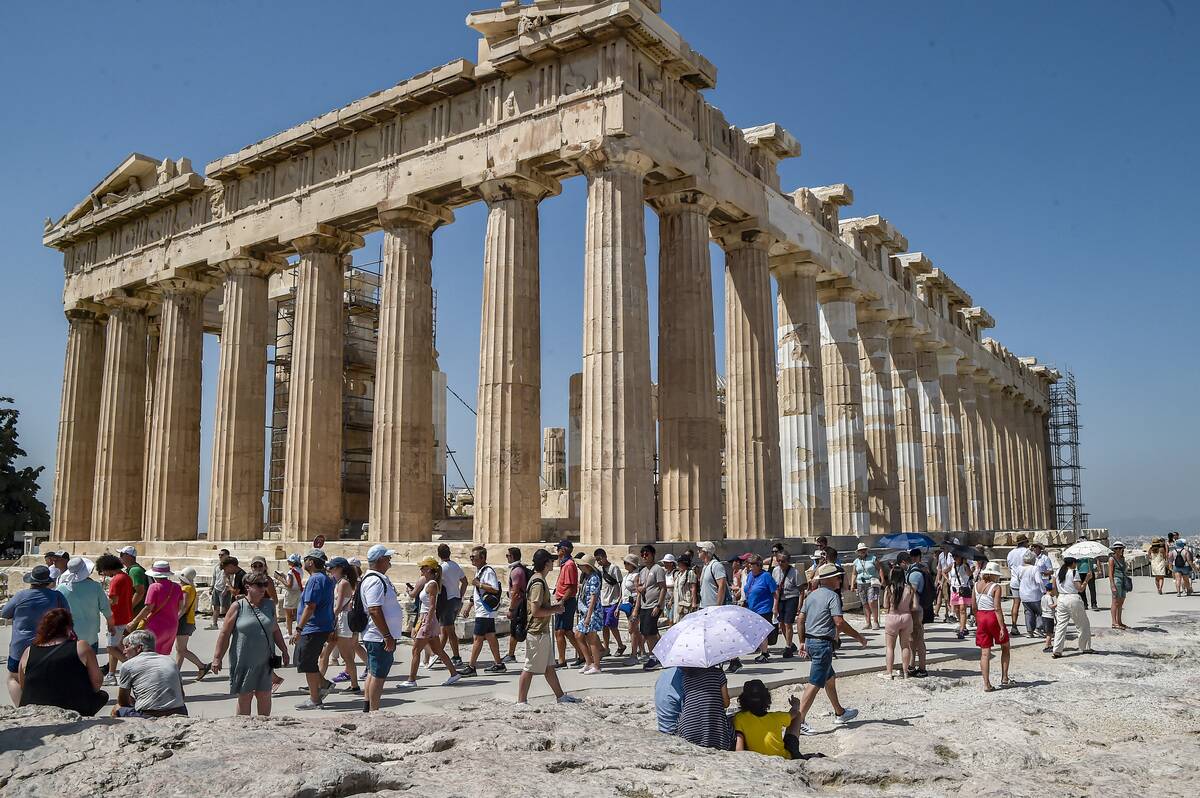
Perched high above Athens, the Acropolis is a symbol of ancient Greek civilization and its enduring influence on Western culture. The Parthenon, its most iconic structure, was completed in 438 BC and dedicated to the goddess Athena. Renowned for its Doric columns and intricate sculptures, the Acropolis represents the pinnacle of ancient Greek art and architecture. Despite weathering wars and natural disasters, it remains a beacon of democracy and philosophical thought.
Stonehenge: A Prehistoric Puzzle
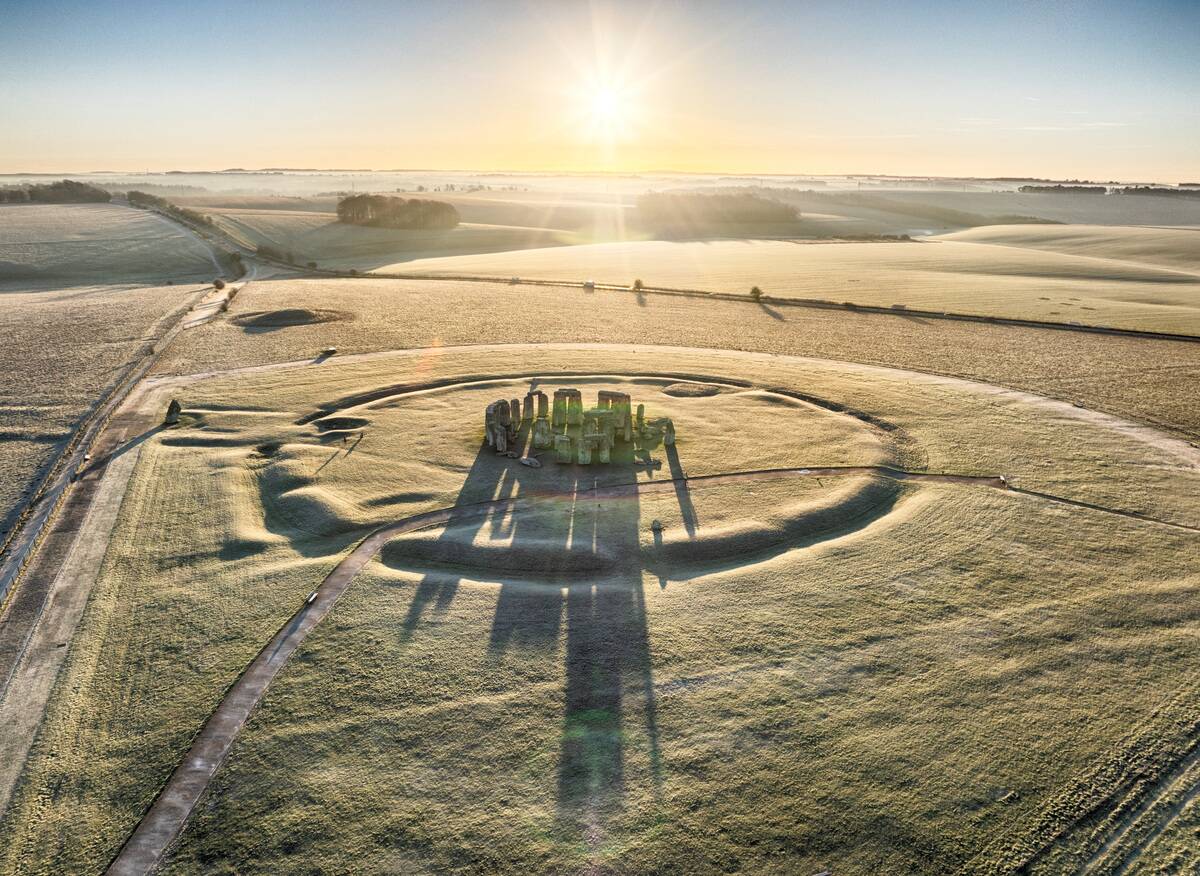
Located on the Salisbury Plain in England, Stonehenge is one of the world’s most famous prehistoric monuments. Constructed between 3000 and 2000 BC, its purpose remains a source of mystery and debate. Some theories suggest it was an astronomical observatory or a site for religious rituals. The massive stones, some weighing up to 25 tons, were transported from distant locations, showcasing the ingenuity of its ancient builders. Its enigmatic presence continues to captivate the imagination.
Chichen Itza: Echoes of the Mayan Empire
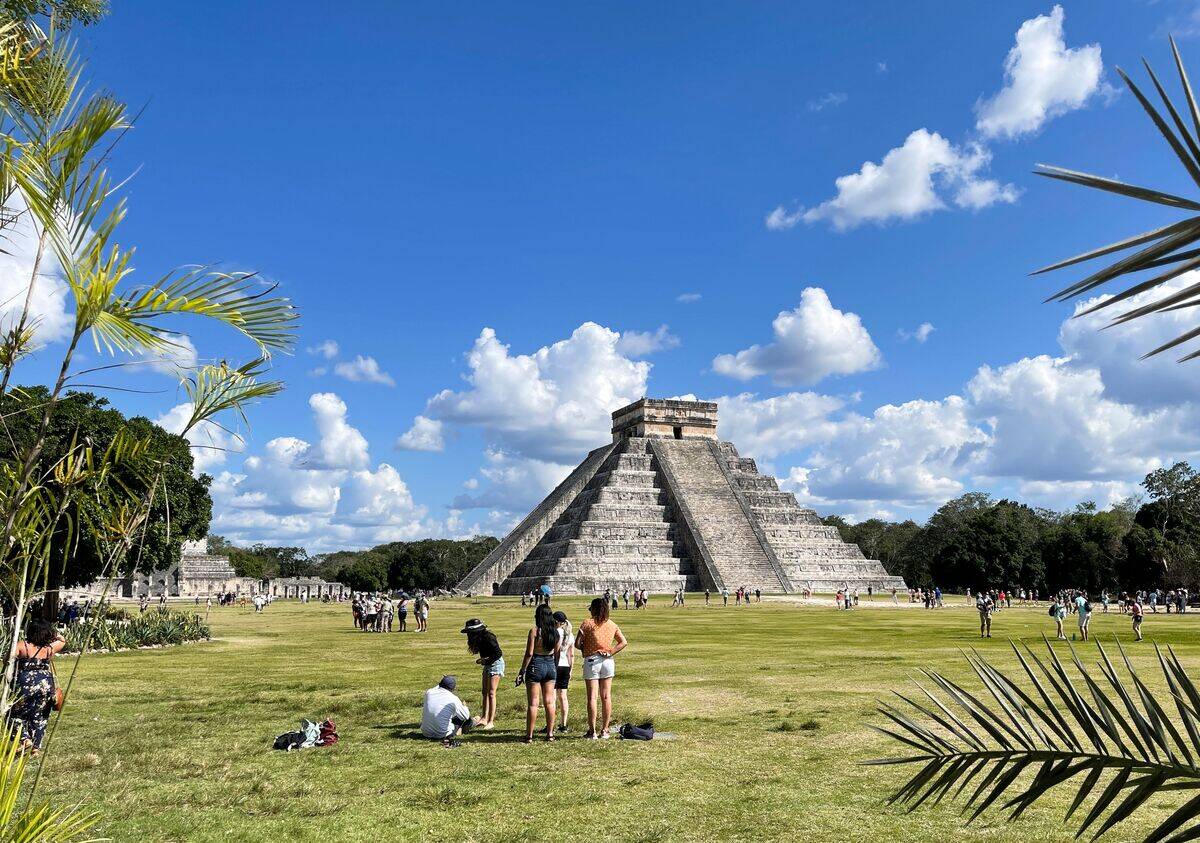
Chichen Itza, located on Mexico’s Yucatán Peninsula, is a testament to the architectural and astronomical prowess of the ancient Maya. The El Castillo pyramid, also known as the Temple of Kukulkan, is famous for its shadow serpent during equinoxes. Built between the 9th and 12th centuries, the site also features the Great Ball Court and the Temple of the Warriors. As a UNESCO World Heritage site, Chichen Itza continues to fascinate with its rich history and complex society.
The Statue of Liberty: An Icon of Freedom
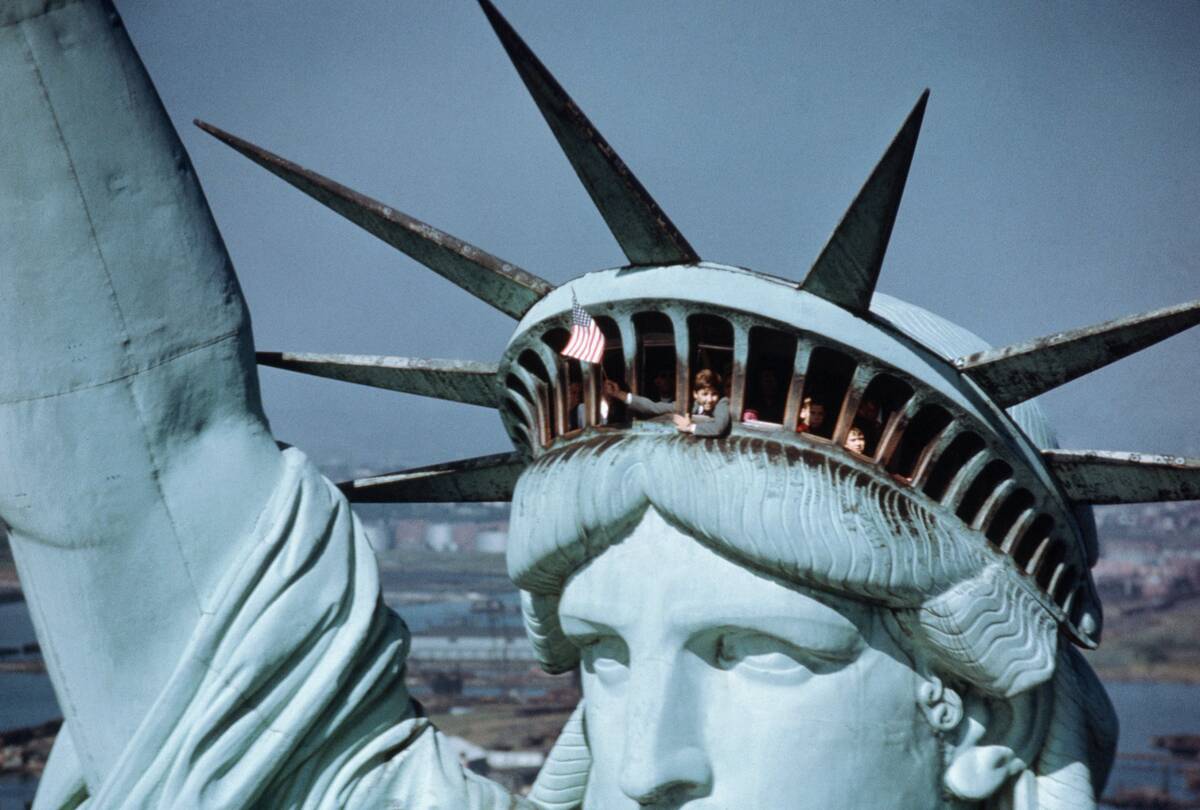
Gifted by France to the United States in 1886, the Statue of Liberty stands as a universal symbol of freedom and democracy. Designed by Frédéric Auguste Bartholdi, the statue’s full name is “Liberty Enlightening the World.” Standing on Liberty Island in New York Harbor, it welcomes immigrants and visitors with its iconic torch and inspiring inscription. As a World Heritage site, Lady Liberty remains a potent emblem of hope and the enduring friendship between nations.
Petra: The Rose City Carved in Stone
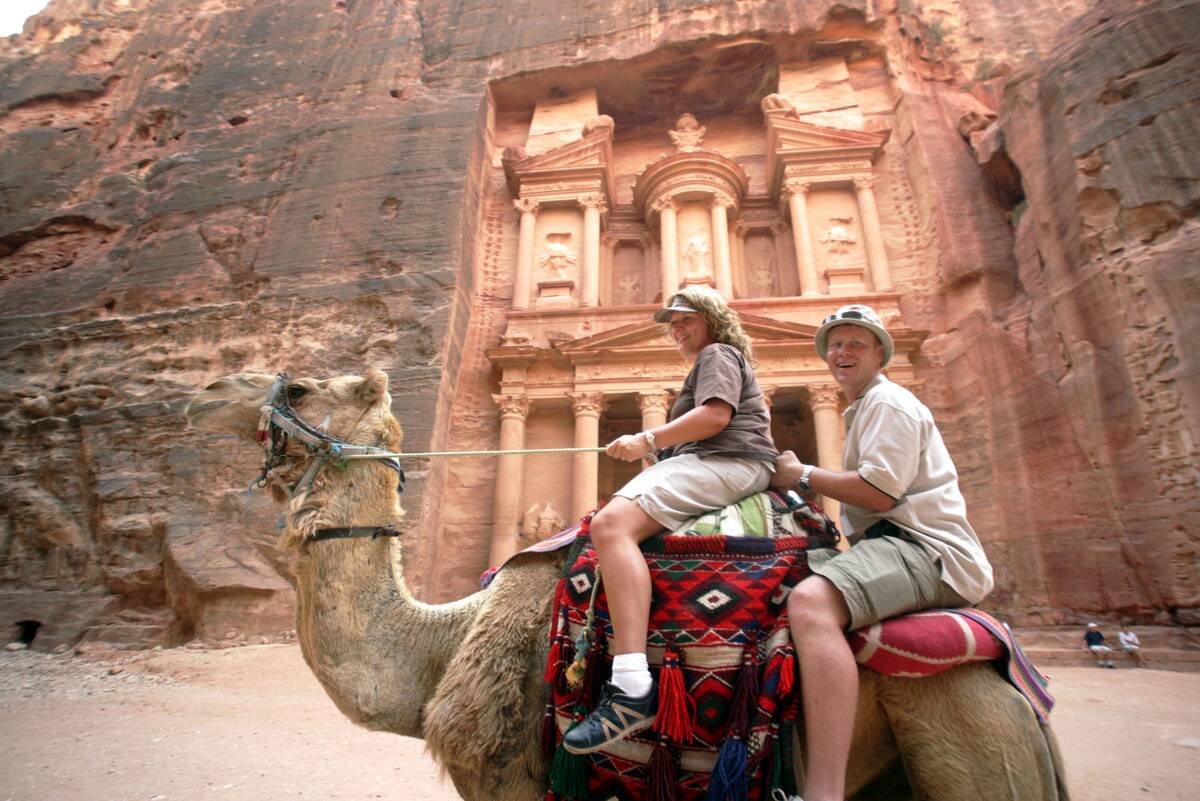
Hidden within the rugged mountains of southern Jordan, Petra is an archaeological wonder carved directly into vibrant red sandstone cliffs. Established around the 5th century BC, it served as the capital of the Nabataean Kingdom. The city’s most famous structure, Al-Khazneh or “The Treasury,” is carved with intricate details that have captivated visitors for centuries. Petra’s strategic location along ancient trade routes made it a bustling center of commerce and culture in its heyday.
The Sagrada Familia: Gaudí’s Unfinished Masterpiece
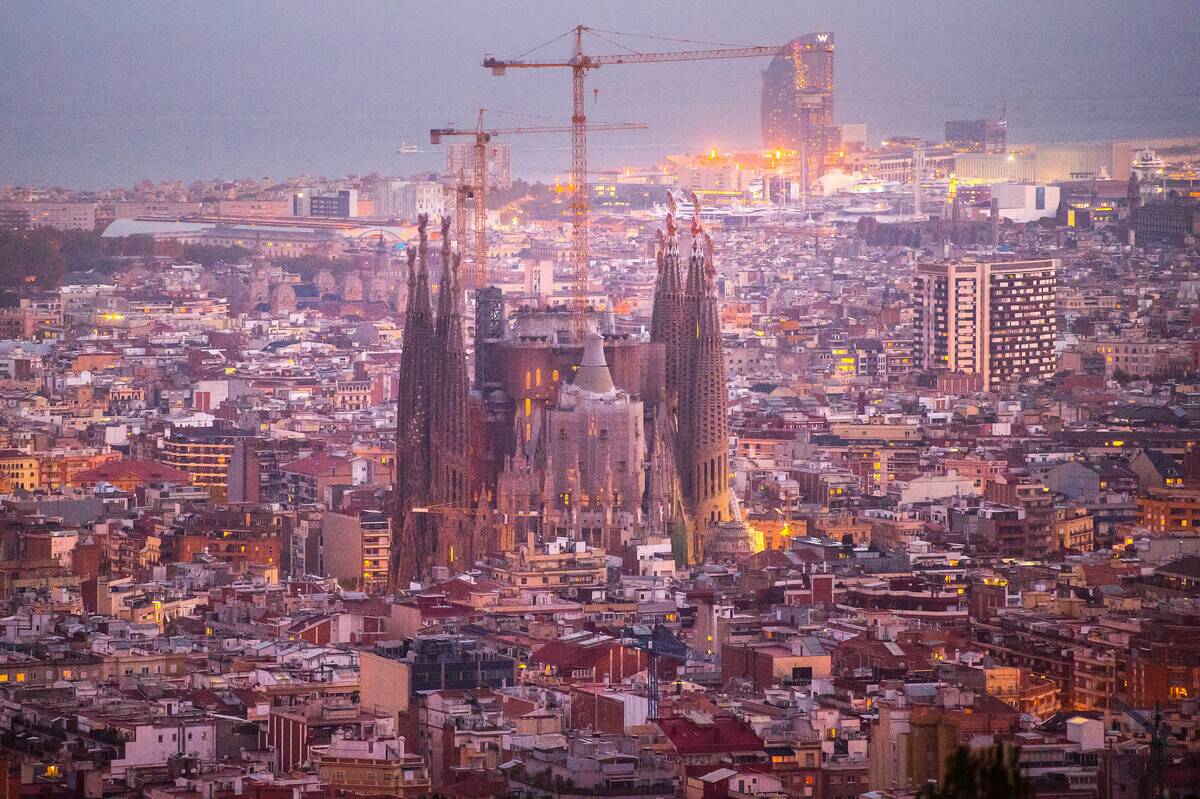
In the heart of Barcelona stands the Sagrada Familia, an architectural masterpiece by Antoni Gaudí that remains unfinished to this day. Construction began in 1882, and though Gaudí devoted his last years to the project, it was incomplete at his death in 1926. The basilica’s design blends Gothic and Art Nouveau styles, with its intricate facades and towering spires captivating visitors from around the globe. Completion is projected for 2026, marking Gaudí’s centennial.
The Berlin Wall: A Monument of Division and Unity
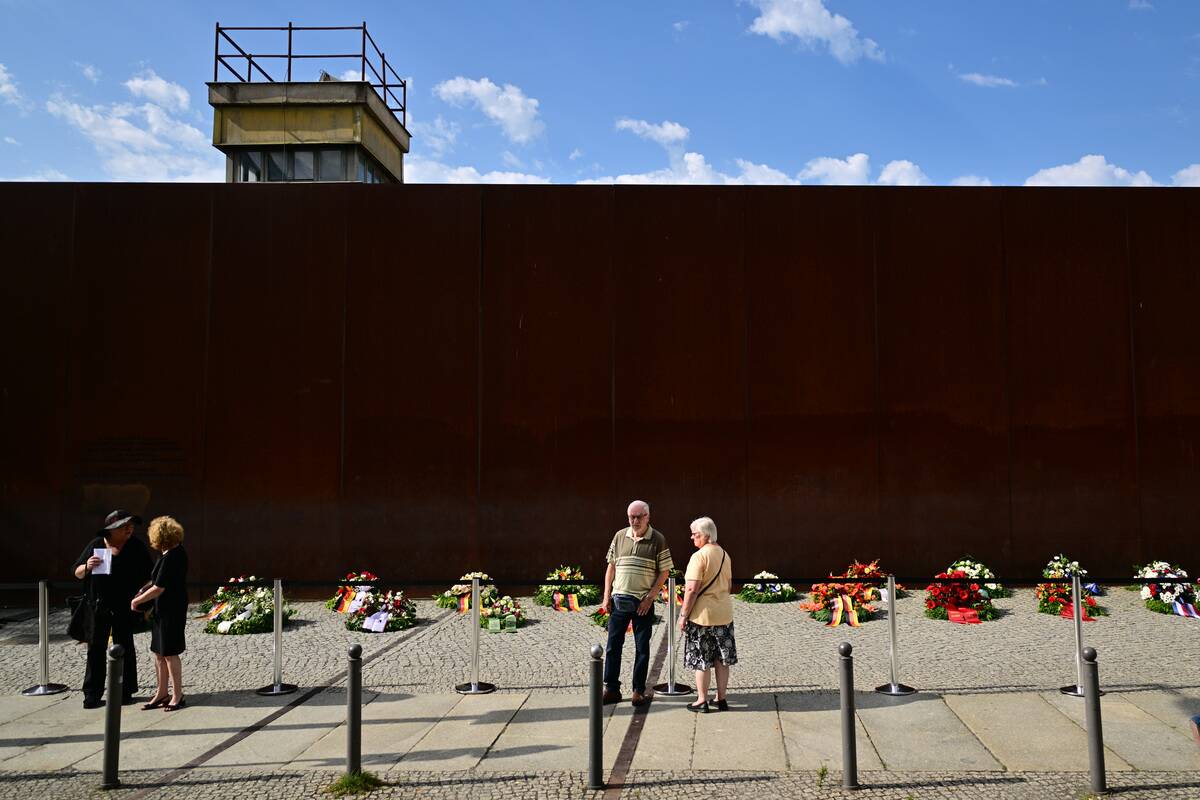
The Berlin Wall, erected in 1961, became a stark symbol of the Cold War, dividing East and West Berlin. Stretching over 96 miles, it stood as a barrier against defection until its fall in 1989. Today, remnants of the wall serve as a poignant reminder of the city’s turbulent past and a symbol of unity and freedom. The East Side Gallery, a preserved section adorned with murals, celebrates the triumph of peace and the human spirit.
The Kremlin: Russia’s Historical Stronghold
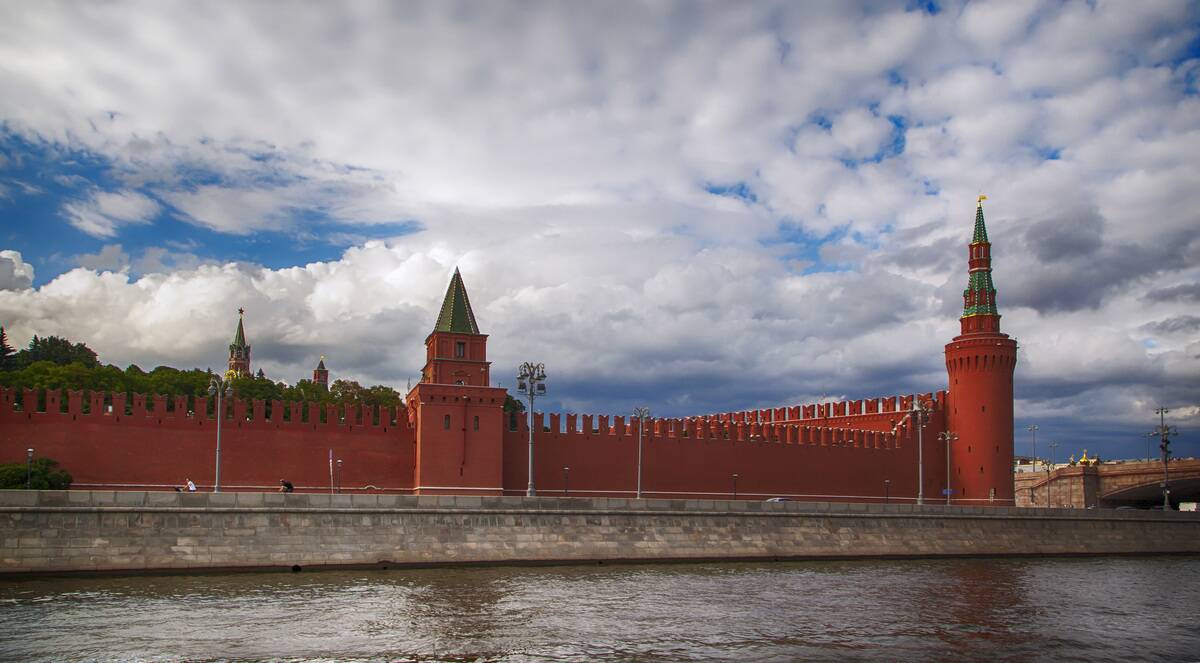
The Kremlin, a fortified complex in the heart of Moscow, has been the center of Russian power for centuries. Built in the 15th century, it houses magnificent cathedrals, the Grand Kremlin Palace, and the iconic Ivan the Great Bell Tower. As the official residence of the President of Russia, the Kremlin is not only a symbol of political authority but also a treasure trove of Russian history and culture, attracting visitors from around the world.
The Sydney Opera House: A Modern Architectural Gem
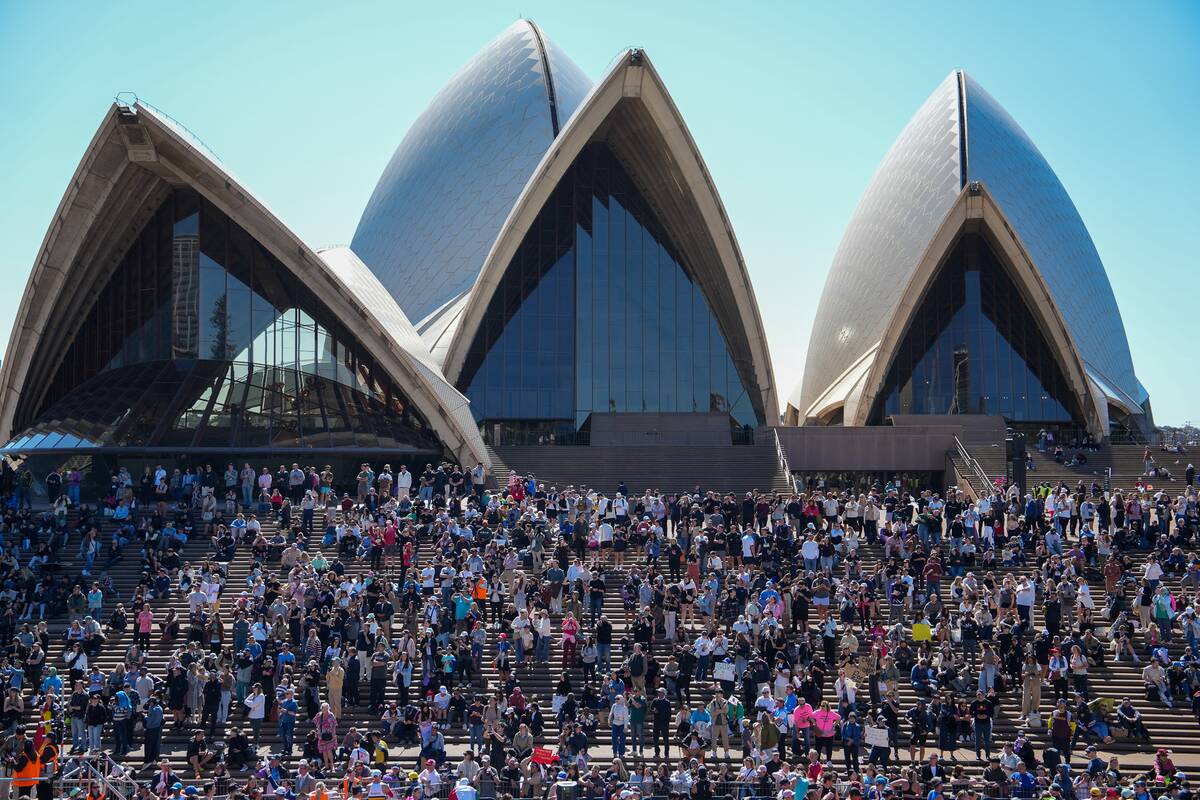
The Sydney Opera House, with its distinctive sail-like shells, is one of the most recognizable architectural landmarks of the 20th century. Designed by Danish architect Jørn Utzon, it opened in 1973 after a tumultuous construction process. The Opera House is a hub for performing arts, hosting more than 1,500 performances annually. Its location on Bennelong Point makes it a stunning focal point on Sydney’s Harbour, embodying the creativity and innovation of modern architecture.
The Palace of Versailles: Opulence of the French Monarchy
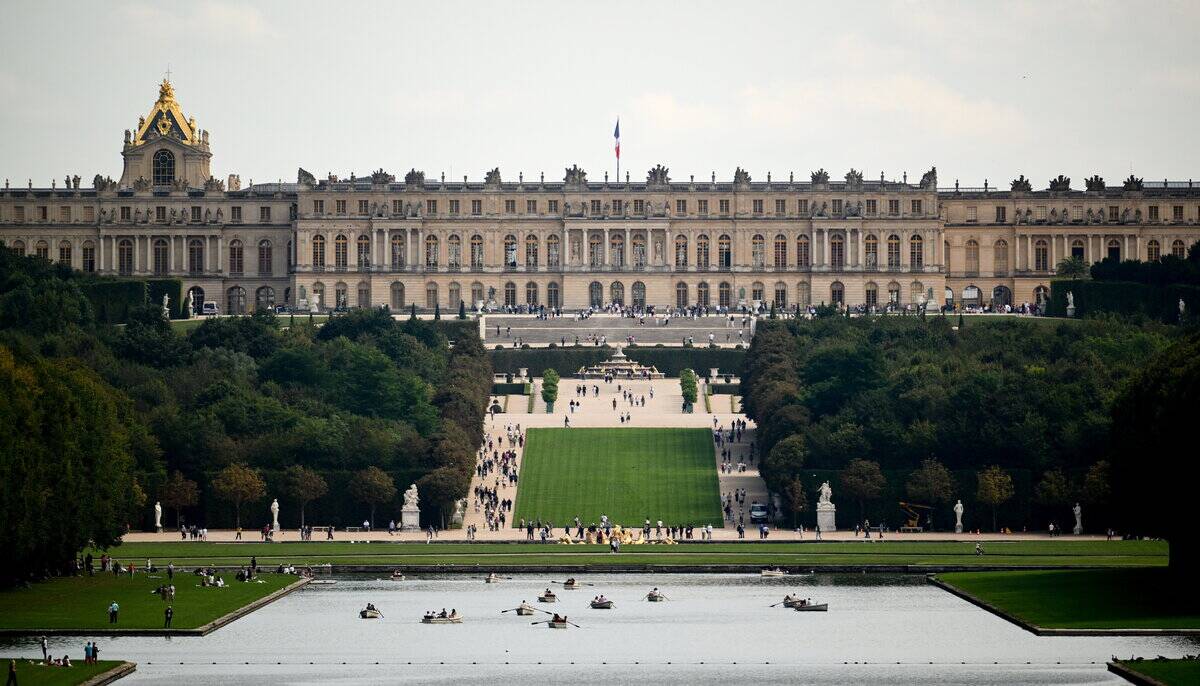
The Palace of Versailles, located near Paris, is a symbol of the absolute monarchy of the Ancien Régime. Originally a hunting lodge for Louis XIII, it was transformed by Louis XIV into an opulent palace. Its Hall of Mirrors, lavish gardens, and intricate fountains reflect the grandeur and extravagance of the French court. Declared a UNESCO World Heritage site, Versailles continues to captivate with its rich history and architectural splendor, drawing millions of visitors each year.
The Alhambra: Moorish Splendor in Spain
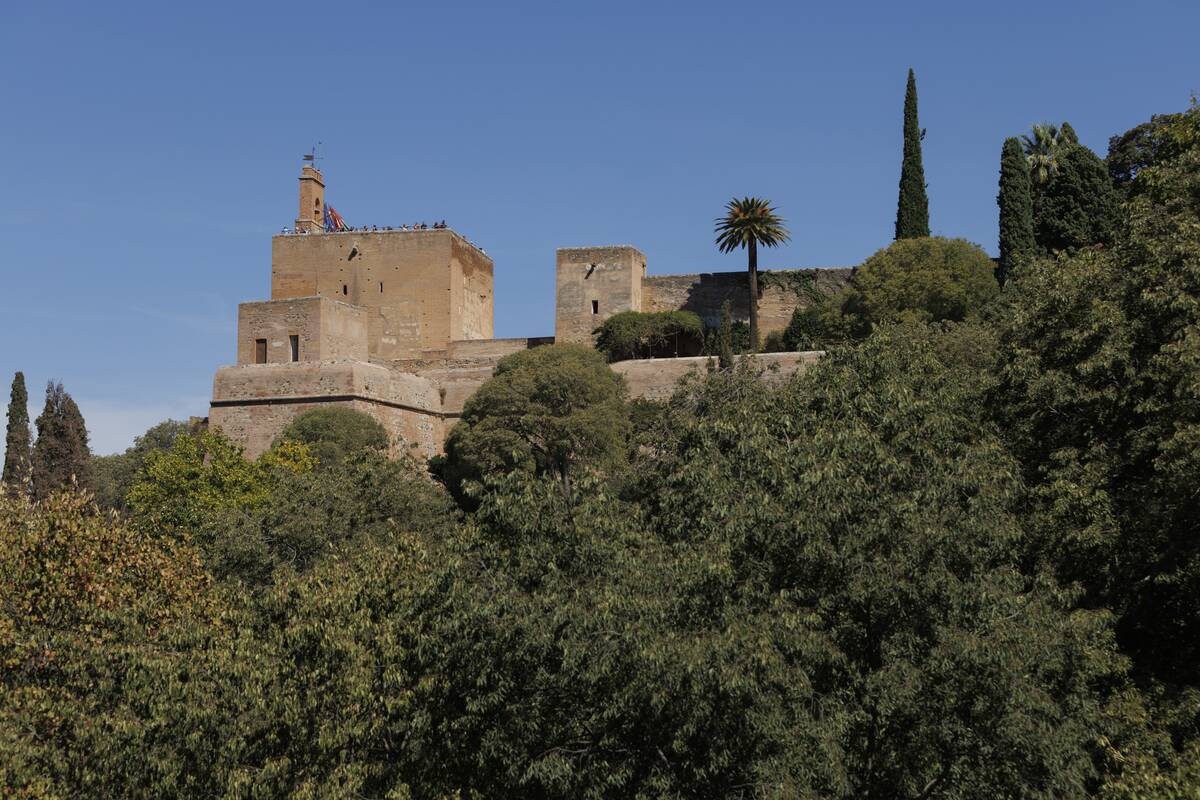
Perched on a hill overlooking Granada, the Alhambra is a stunning example of Moorish architecture and art. Originally constructed as a fortress in 889 AD, it was later converted into a royal palace by the Nasrid Dynasty. The intricate stucco work, serene courtyards, and lush gardens exemplify the Islamic style. As a UNESCO World Heritage site, the Alhambra stands as a testament to the rich cultural heritage of Al-Andalus, drawing visitors from around the globe.
Neuschwanstein Castle: A Fairytale Fortress in Bavaria
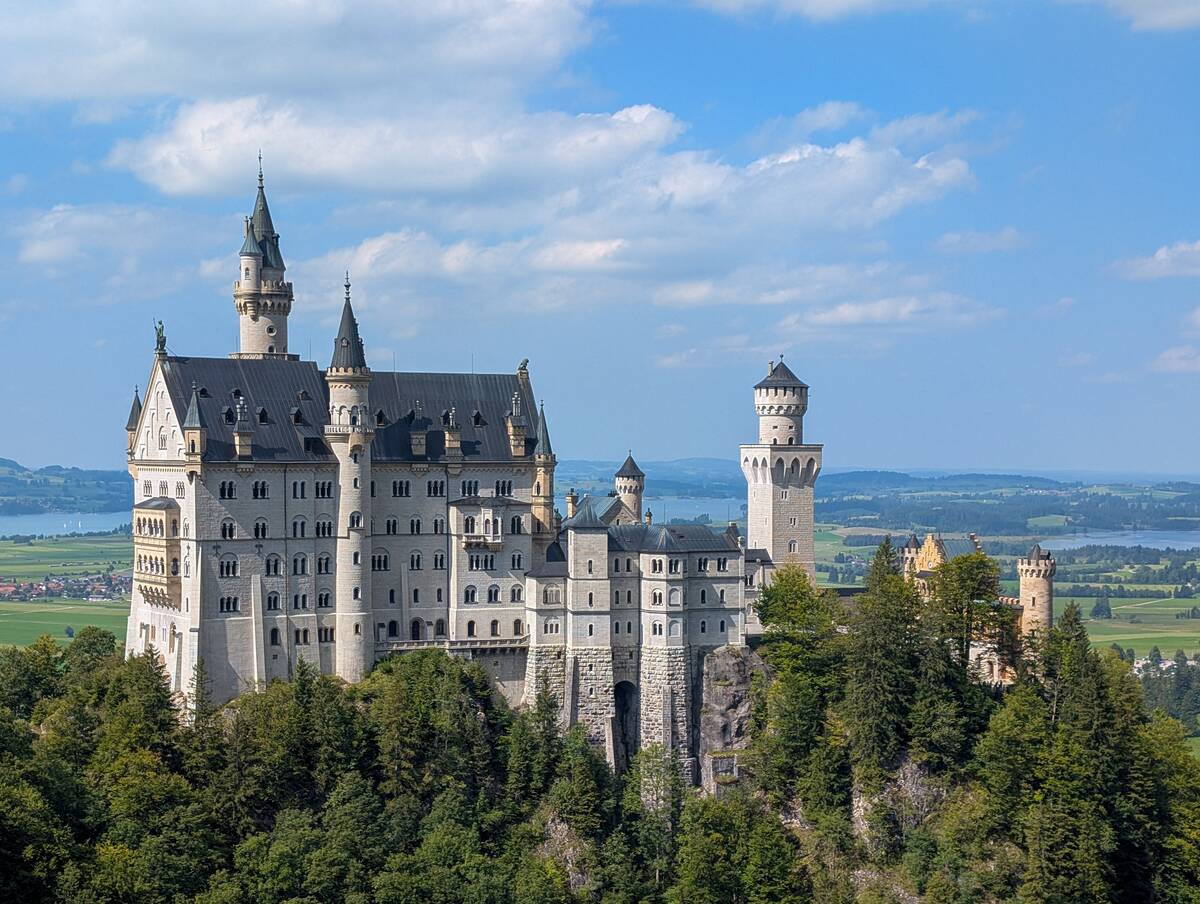
Nestled in the Bavarian Alps, Neuschwanstein Castle is the epitome of a fairytale fortress. Commissioned by King Ludwig II of Bavaria in the 19th century, it was never completed but became an inspiration for Disney’s Sleeping Beauty Castle. Its whimsical turrets and dramatic setting make it one of Germany’s most visited landmarks. Although it was intended as a private retreat, its enchanting beauty has captured the imagination of countless visitors and artists worldwide.



